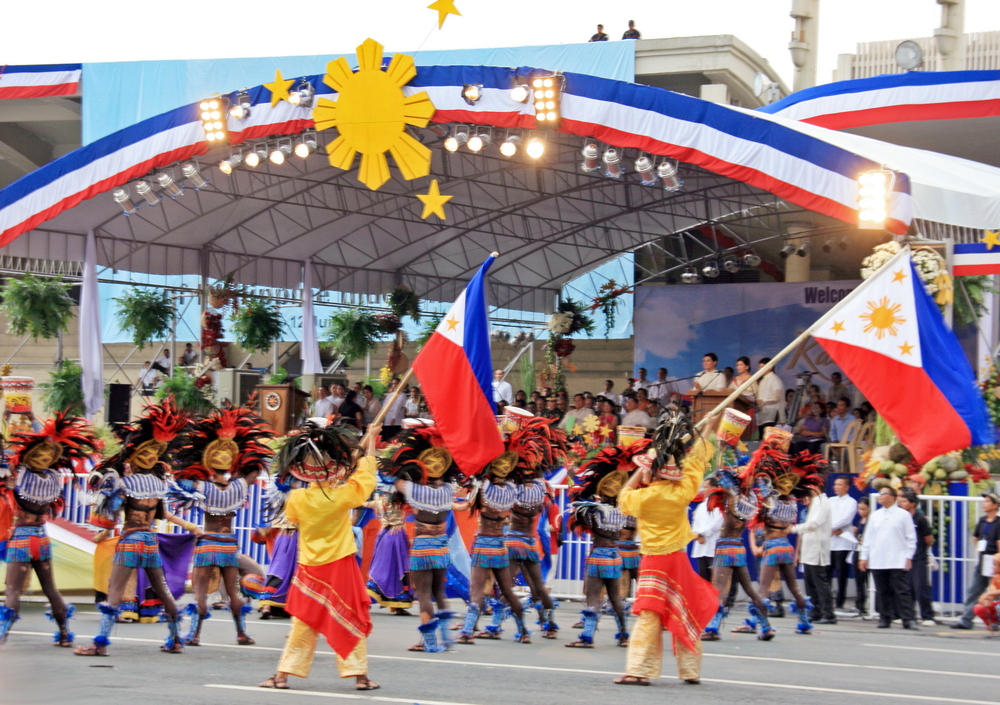National Symbols: National Day
Independence Day
Date
June 12
Background
It was on June 12, 1895, that the first Philippine Republic was established. Independence was won through various struggles and revolts during the period from 1880 to 1890. The Filipino independence movement led to the Philippine Revolution, which was spearheaded by Andres Bonifacio (the so-called Father of the Philippine Revolution) and Emilio Aguinaldo (the first President of the Philippines). Aguinaldo declared a revolution against the Spanish military in Cavite. During this time, his followers gave him the title of general. In 1897, he was elected president of the revolutionary assembly at Tejeros, Cavite. When the revolt failed, Aguinaldo was exiled in Hong Kong.
In April 1898, two months after Spain blew up the American warship "Maine" at Havana Harbor in Cuba, America declared war on Spain (the Spanish-American War). In May 1898, a battle erupted in Manila Bay between the American and Spanish naval fleets. During this same period, the United States encouraged Aguinaldo, who was in Hong Kong, to return to the Philippines, as the Spanish-American War had moved from the Caribbean to the Philippines. Once back home, General Aguinaldo verbally proclaimed independence for the Filipinos on June 12, 1898, from the balcony of his home in Kawit, Cavite. As such, he became the first president of the Philippine Republic.
Description
On this day celebrating the establishment of the first Philippine Republic, the first president of the Philippines, Emilio Aguinaldo, plays a key role in the commemoration. A reenactment of the proclamation of independence is usually held in Aguinaldo’s ancestral home in Kawit, Cavite—a suburb near the capital city of Manila, where the national flag was first raised. Ceremonies are also held in government offices and schools. Main thoroughfares in various cities and towns come alive with parades. Programs, which government leaders usually lead, are also staged in public venues, particularly at Rizal Park. Most Filipinos also display the national flag in front of their homes. The national flag also adorns most public roads.
Closures
Banks, government offices, and business offices.
Copyright © 1993—2025 World Trade Press. All rights reserved.

 Philippines
Philippines 